Click to view our Accessibility Statement or contact us with accessibility-related questions







Switch Marketing Terms: What to Know and What to Ignore

search
close
Sort by: Newest
keyboard_arrow_downThereminGoatMK
489
Keyboard Club Member
Nov 30, 2022
2-bit_JoeHey now, I like my Alps as much as the next guy and still need to build a 60% with my SKCM Browns. Let's just be honest and know that my focus has been trying to pin down the chaos that the current state of MX switches over the past few years.
I know I should do Alps content eventually.

HoffmanMyster
3282
Community
Nov 30, 2022
ThereminGoatMKIsn't Matias really the only supplier of new Alps switches? You'd have to focus a lot on vintage Alps, and there's a lot of snake oil with vintage switches of all sorts (sorry vintage switch fans, I love you 😶🌫️).
PRODUCTS YOU MAY LIKE
Trending Posts in Mechanical Keyboards

soniyathakur
Premium Escort Service in Goa for Memorable Moments
Experience the best Goa escort service offering exceptional companionship. Enjoy luxury and unforgettable moments with elite professionals. Escort Service in Goa Escorts in goa goa Escort Female escort in Goa
Jan 10, 2025

HubertTheMad
Keyboard Sound Tests And Room Treatment
Old Picture Of Mics I Used To Have/had Access To A While Back "Which mic should I buy to record my keyboard sound tests? Do I have to sound-treat my room to make my recordings better? Should I not have my mic attached to the desk I’m typing on to avoid picking up desk noise?" Whether you’ve had one of these questions or all of these questions (just like me when I first started), I’m hoping that this article will give you sufficient answers to the questions we think about when recording our sound tests. Like with the majority of my content, these are just my thoughts, and I encourage you to continue to research your questions by watching videos or reading other articles. Just because I give my opinions in this article doesn’t mean that other people’s opinions are wrong, or that you should just listen to me. I'm not an expert at any of this stuff, and I'm just scratching the surface of audio. There is so much that goes into mixing and recording that to pretend that I know...
Jan 6, 2025

HubertTheMad
DCS Sleeper on Masjewerke K-III Prototype
DCS is good! Using DCS BAE from Sneakbox Design's run of BAEs last year. Might use a 10u that isn't the exact color of the alphas, but close enough!
Jan 3, 2025

cheekybean5
Perfect Pairing!
Love the colorway on the jasmine cable. Pretty much made for the Ducky One III matcha.
Jan 3, 2025

HubertTheMad
Why I Love Prototype Runs and Helping Keyboard Designers
The Migra TKL Prototype by Thebloodyez “This is my keyboard. There are many like it, but this one is mine.” - William H. Rupertus. In another life, if Major General William H. Rupertus, the Marine who coined the United States Marine Creed, had been a keyboard enthusiast, we might've gotten this line instead. All joking aside, this has been an article that I’ve wanted to write for quite some time. There are many reasons why we love the keyboard hobby, and today, I wanted to introduce you to one of mine—prototype keyboards and helping keyboard designers by joining prototype runs. Now, it’s not risk-free, and one should weigh the pros and cons of joining a prototype run, so I encourage you to pay attention to the disclaimer portion of this article. I know that there are prototype runs for keycaps, switches, and other cool things in our keyboard hobby, but for this article, I’ll be focusing only on keyboards. Also, please know that not every prototype run will be handled...
Dec 31, 2024






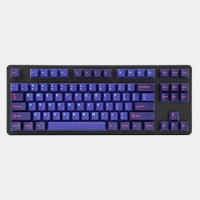
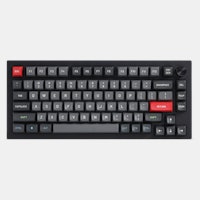
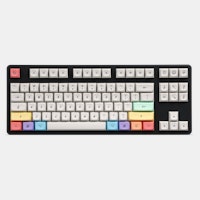
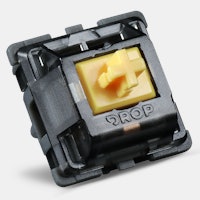
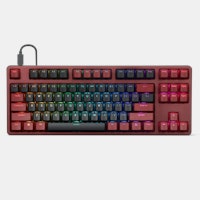
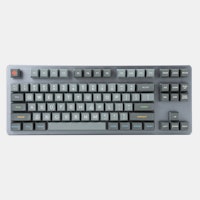
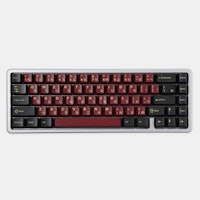
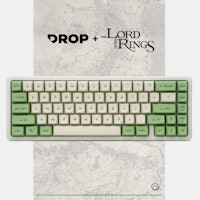
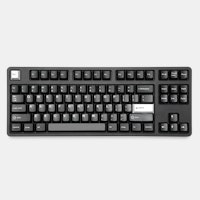
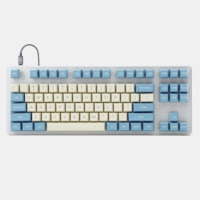







Dang, that sure feels like a lot to go through. For marketing of switches which may only be a few sentences on a screen next to the big, glowing ‘Add to Cart’ button, who could have thought there were so many useful and useless details in those sentences? While finding the right switch from a sales listing, alone, is more of an art than a science, know that it will come with practice and with the more experience you pick up with switches. I’d be lying if I said it was an art that I, myself, have mastered even. Whenever you are in doubt about any marketing phrase when it comes to switches, the first thing to do is to always reach out to people in the community to ask or to look up some more information on your own. Chances are that if you have a question about it, some of the other hundreds of thousands of people with mechanical keyboards will also have had them as well!